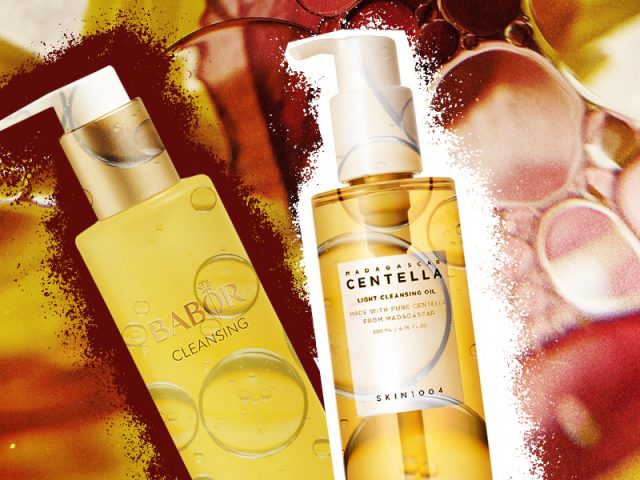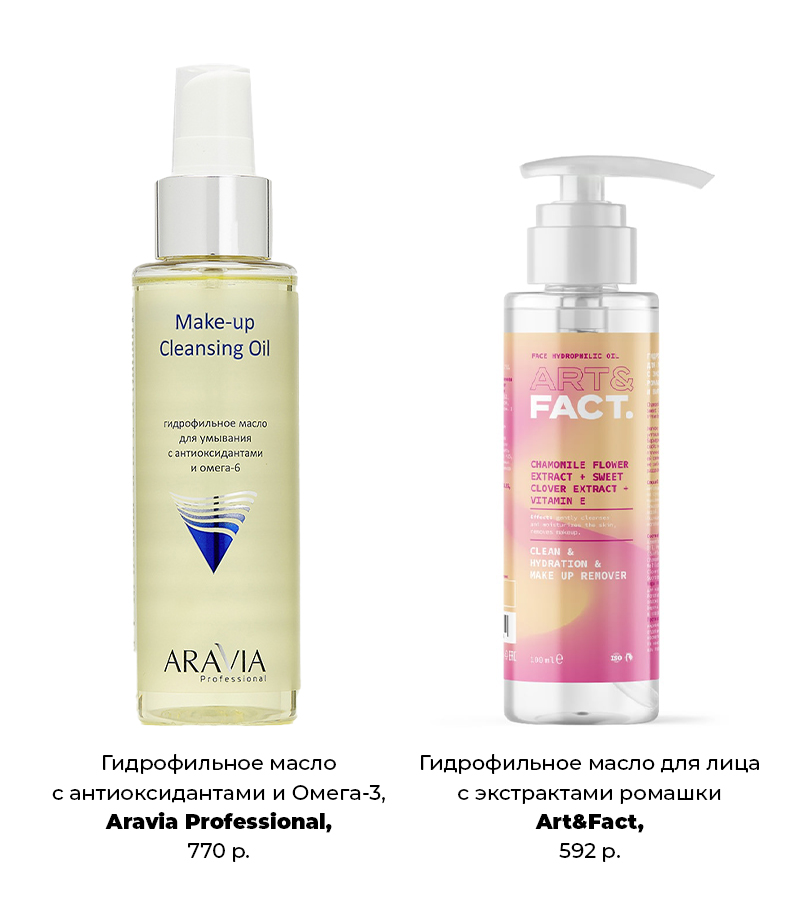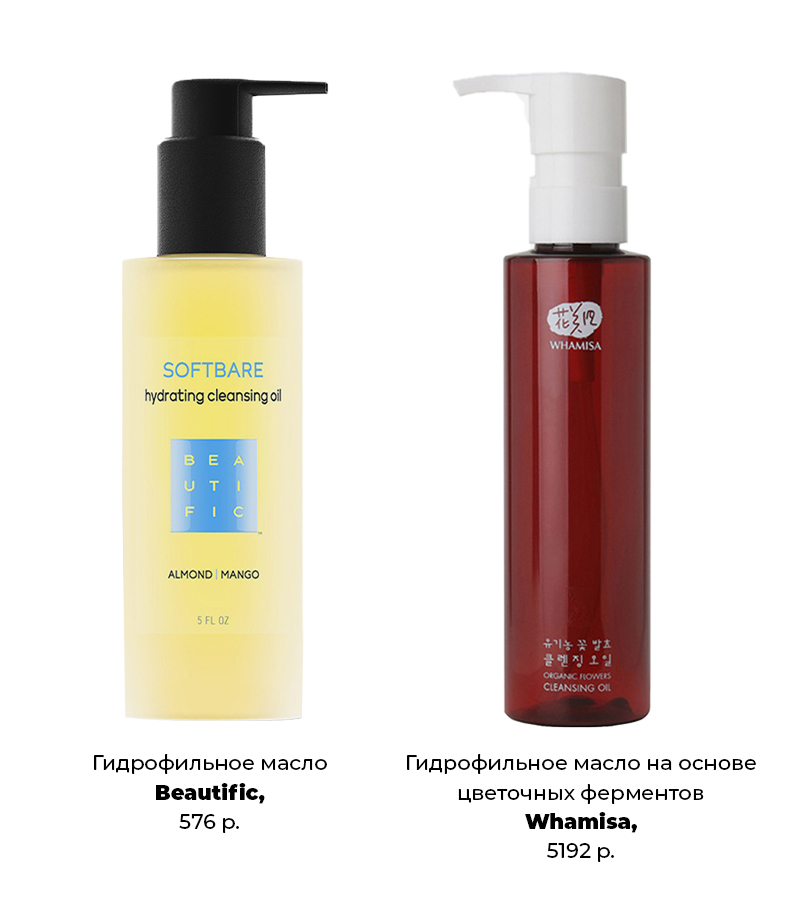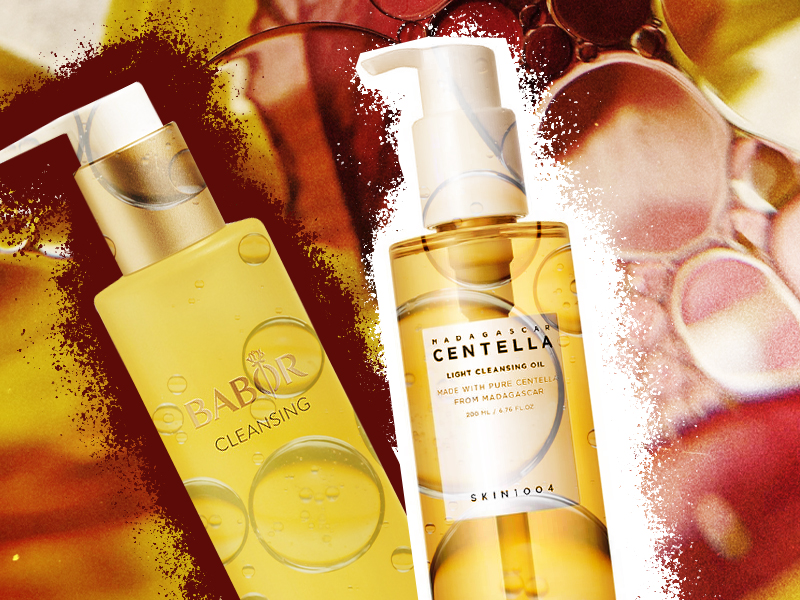
When you hear the phrase “hydrophilic oil,” the first connotation in your head is some kind of technical fluid, but not a facial care product. The indispensability of this product is only understood after easily removing even the most permanent make-up or thick SPF cream and at the same time leaving the skin hydrated. And now more about how hydrophilic oil works and why everyone should try it.
Why such a complex name?
On any product packaging, you will find the English name cleansing oil, that is, “cleansing oil”. The word “hydrophilic” appeared only in the Russian translation. This term refers to substances that are highly soluble in water. “But oil doesn’t dissolve in water!” – anyone who remembers at least a little about the school curriculum in physics will notice and they will be right. Hydrophilic cosmetic oil makes a special emulsifier in its composition. It is thanks to him that the product is so easily washed with water. Hence the name built on a play of words and an incompatible combination.

How does hydrophilic oil work?
Among the purification stages, hydrophilic oils take the first place. The product should be applied to dry skin with dry hands. Then distribute it with massaging movements, paying special attention to areas with heavy make-up and problem areas of the skin. When oil comes into contact with the epidermis, it begins to dissolve sebum, dirt and makeup. After that, you can proceed to the next step – moisten your hands with warm water and continue massaging your face. At this point the oil turns into a whitish emulsion. After a 20-second massage, the product can be safely washed with warm water.
Do I need to use a cleanser after oil?
It’s entirely up to you. Generally, hydrophilic oil does not require rinsing. But if you feel more comfortable feeling absolute cleanliness on your face, you can opt for a cleansing lotion or balm.

What are the advantages of hydrophilic oil over other cleaners?
One of its main advantages is its versatility. Hydrophilic oil is suitable for any type of skin and performs two functions at once – make-up removal and cleansing. Therefore, it fits perfectly into the evening and morning beauty routine. Another plus of the hydrophilic oil is that, unlike the foam, it takes care of the skin, does not dry it, but nourishes it. That’s why most people don’t even use a moisturizer after that.
Who exactly needs hydrophilic oil?
Initially, hydrophilic oil was the main assistant of make-up artists, who had to remove heavy makeup from models’ faces and repaint them several times a day. It is generally accepted that the first to use the oil was Shu Uemura, a Japanese make-up artist and founder of his own cosmetic brand of the same name. After removing make-up, the skin needed to be moisturized and soothed, which took a lot of time. Then he came up with the idea to create a tool that will perform several functions at once – remove makeup and soothe the skin.

But hydrophilic oil is not only useful for those who like to paint every day. It does the best job of removing SPF cream (which, by the way, needs to be applied every day, not just in summers). And it is ideal for dry, sensitive and generally any type of skin.
What’s inside?
Hydrophilic oil always consists of two basic components: oil or a mixture of oils and an emulsifier. The first dissolves the dirt on the skin and the second helps to remove these dirt from the face easily. Manufacturers often add vitamins, plant extracts or trace elements to the basic ingredients. In turn, they additionally soothe and nourish the skin.

Source: People Talk
I’m Roger Gritton, and I’ve been writing for the The Fashion Vibes for over 5 years now. My specialty is beauty news; I’m passionate about covering the latest trends, products, and innovations in the industry. In my time there, I’ve become known as an authority on all things beauty-related.
I love discovering new experts to interview, researching up-and-coming ingredients and techniques that are making their way onto our beauty shelves and highlighting people who are making a difference in the world of cosmetics. My work has appeared not only on The Fashion Vibes, but also several other publications including the New York Times Magazine, Allure Magazine and Refinery29.





